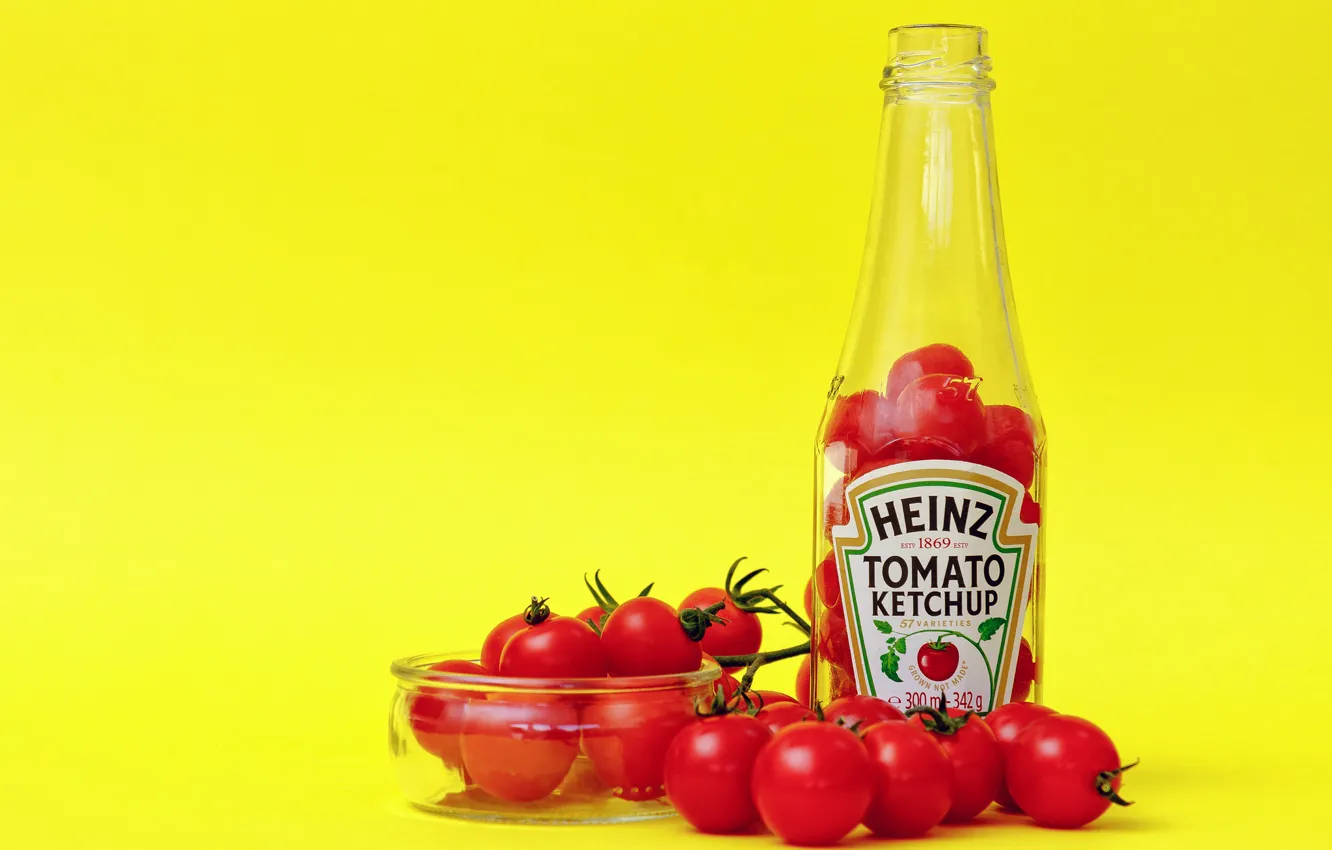Ketchup is a beloved condiment, often found gracing tables alongside fries, burgers. While its sweet and tangy flavor has become a staple in kitchens worldwide, many might not know what goes into making this ubiquitous sauce. Let’s delve into the fascinating process of ketchup production, transforming simple ingredients into the familiar red condiment we all enjoy.
Ingredients: The Building Blocks of Ketchup
At its core, ketchup typically consists of tomatoes, vinegar, sugar, salt, and a blend of spices. While tomatoes serve as the primary ingredient, variations can include different types of tomatoes, such as Roma or San Marzano, known for their rich flavor. On the other hand, vinegar adds necessary acidity, helping to balance the sweetness and contributing to the condiment’s shelf-life. Sugar offsets the acidity, while salt enhances flavor, allowing for a deliciously complex taste profile.
The Production Process
- Harvesting and Preparing Tomatoes: The journey of ketchup begins with the harvesting of ripe tomatoes. After being harvested, tomatoes are washed to remove dirt and debris, ensuring that only the freshest fruit is used.
- Cooking: Once clean, the tomatoes are crushed and cooked. This cooking process can take anywhere from several hours to a full day, depending on the recipe and the manufacturer. Heating not only softens the tomatoes but also helps develop their natural sugars, creating a deep, rich flavor.
- Blending and Straining: After cooking, the mixture is blended to achieve a smooth consistency. The seeds and skins are usually removed during this stage, ensuring that what remains is a silky, uniform tomato puree.
- Adding Ingredients: Once the tomato base is prepared, vinegar, sugar, salt, and a proprietary blend of spices (which may include onion powder, garlic powder, and various other seasonings) are added. The exact spice blend varies by manufacturer, which is why different brands of ketchup can have slightly different tastes.
- Final Cook and Quality Control: The concoction is then simmered to meld the flavors and achieve the desired thickness. Quality control is paramount in this phase; the color, consistency, and flavor profile are meticulously checked to meet industry standards.
- Cooling and Packaging: After reaching the desired flavor and thickness, the ketchup is cooled down before being pumped into bottles or jars. To ensure safety and extend shelf life, it is often pasteurized, killing off any harmful bacteria.
A Condiment with a History
The history of ketchup can be traced back to fermented fish sauces in Southeast Asia, which eventually evolved through a series of cultural exchanges into the tomato-based ketchup we recognize today. From its humble beginnings to its status as a global favorite, ketchup remains one of the most popular condiments, beloved by children and adults alike.
As you squeeze that familiar red bottle, remember the process that brings this delightful condiment to your table. Whether you enjoy it with fries, use it as a base for marinades, or mix it into chili, ketchup is more than just a topping—it’s a culinary companion that enhances flavors and adds a touch of nostalgia to every meal.
